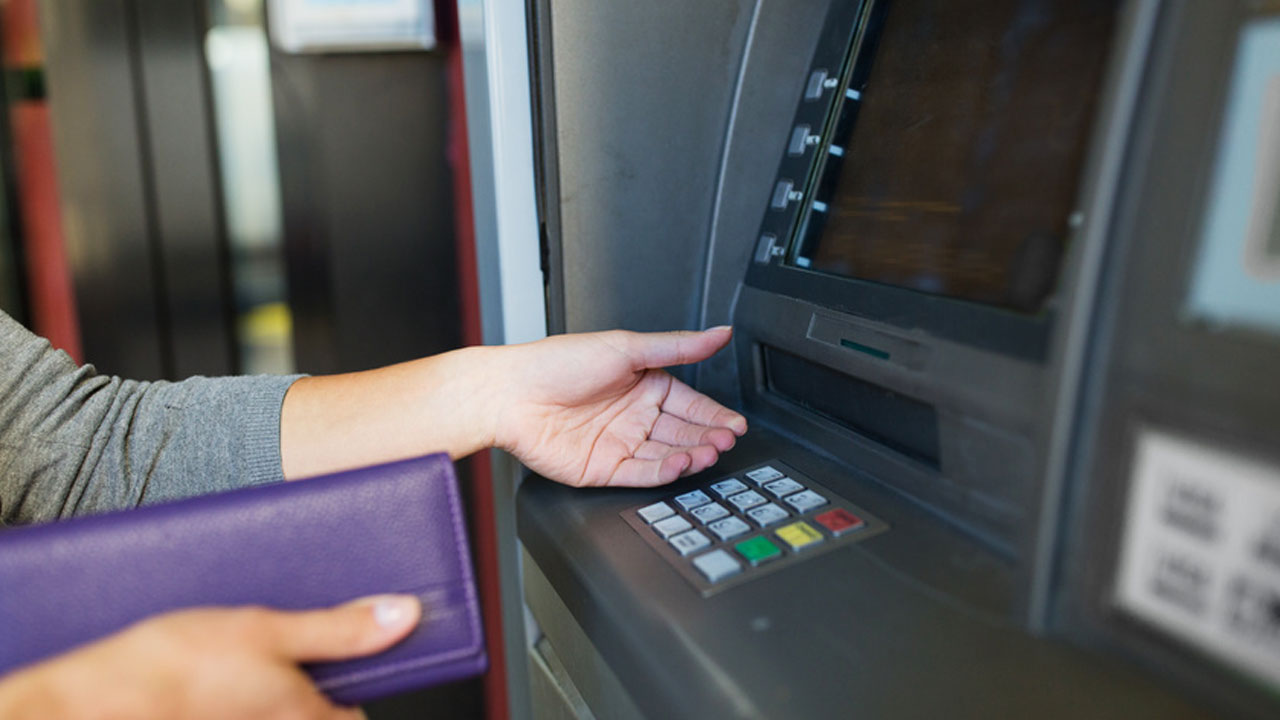The Customer Effect
What war on cash? ATMs are the distributed bank of the future
- The number of ATMs continues to grow globally.
- Locating ATMs away from bank branches gives banks a competitive edge.








